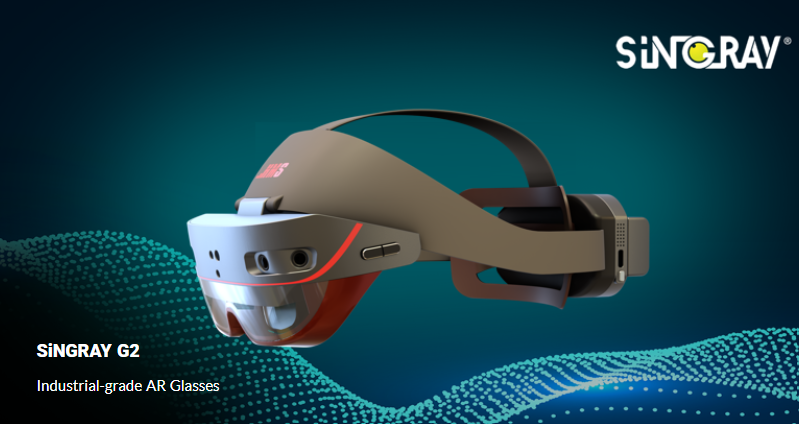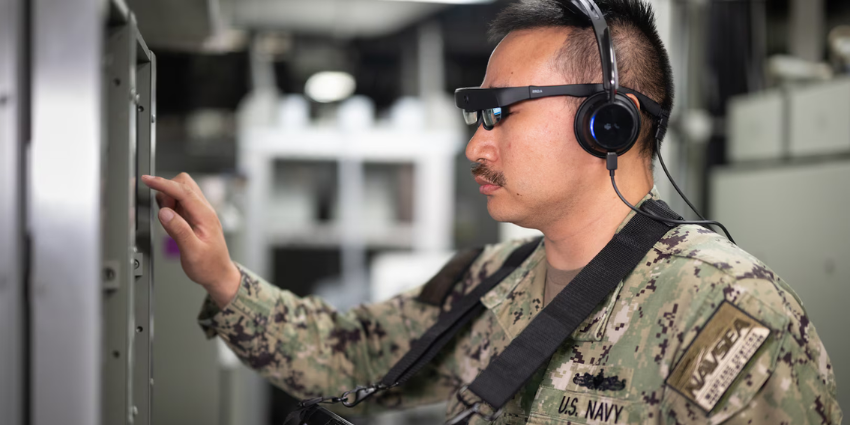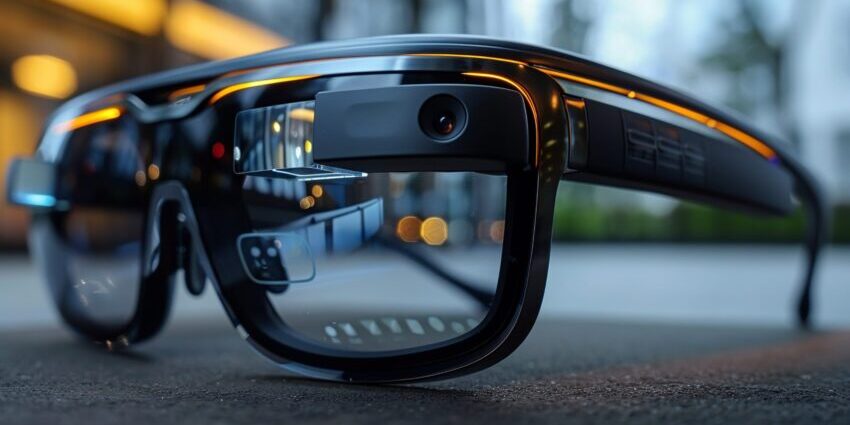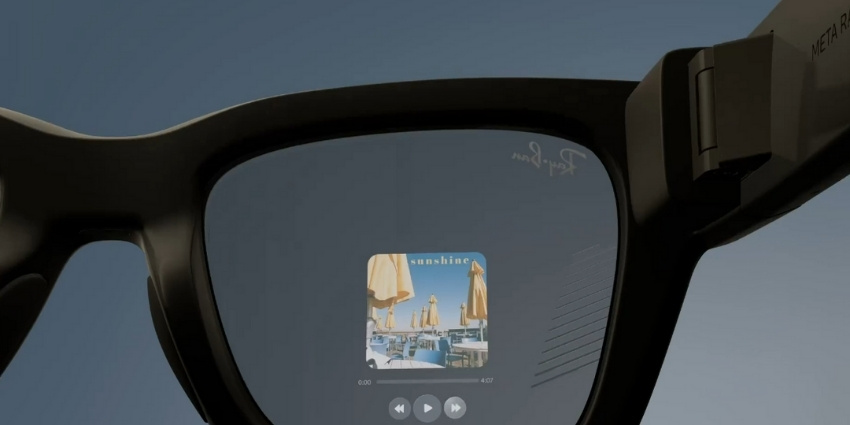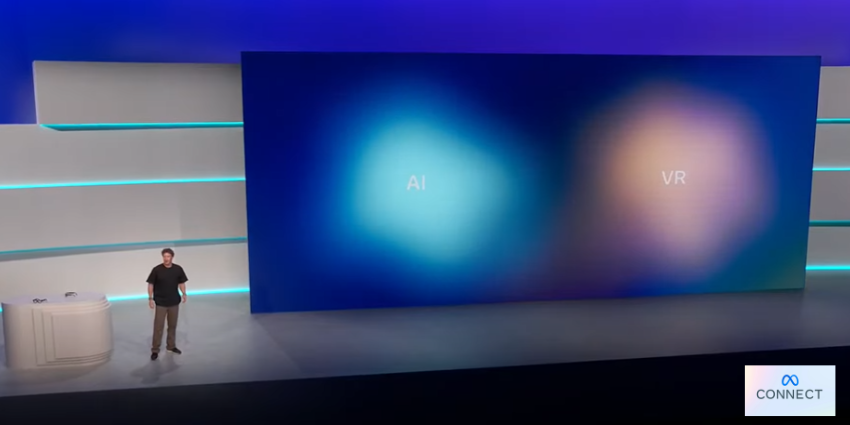You may remember our coverage back in July, when the XR & Metaverse Fair in Tokyo highlighted frontline.io’s role as software partner for Japanese company HMS’s SiNGRAY G2 AR headset. Now, just a few months later, the device has moved from news item to live demo, showcased at the Augmented Enterprise Summit (AES) in Dallas.
From Specs to Shop Floor
The question, however, isn’t simply about specs or announcements. It’s what can the G2 actually do for industry? In July, HMS President & CEO Dr. Zhencheng Hu said:
“[the device would help enterprises to] better navigate the ongoing shifts to remote work and globally integrated teams, and achieve device continuity.”
Now, with the bold release and hands-on demonstration, HMS has made it clear the G2 is aiming at four key verticals: Manufacturing, Construction, Logistics, and Healthcare.
So let’s leave the hype aside and look at what this headset could actually mean in practice.
Building Smarter with AR
The G2’s BirdBath optical system delivers 1920×1200 resolution at 90Hz, with a 51-degree field of view. The result is crisp, stable overlays that feel natural in the wearer’s line of sight. In manufacturing, this clarity means an engineer could assemble a gearbox while arrows and instructions appear directly on the components, reducing errors and accelerating training.
Under the hood, the headset is paired with up to 16GB of RAM and 256GB of storage. That level of processing power makes it possible to render complex 3D models on the fly. For construction crews, it could mean walking through a half-built structure while CAD blueprints align perfectly with walls and beams, flagging mistakes before they cost time and money.
Logistics Without the Headaches
The G2’s tracking combines Intel’s Movidius vision chip with fisheye cameras, a depth sensor, and motion sensors, enabling both head and body tracking at 1,000 updates per second. In logistics, this precision could translate to warehouse navigation where digital arrows guide staff straight to items on high shelves, while the built-in RGB camera confirms each barcode. It’s the kind of accuracy that can turn long picking runs into quick, seamless workflows.
Durability was clearly a priority. The headset is IP65-rated against dust and water and runs on a hot-swappable 4,800mAh battery. For construction crews, that means a device that won’t choke in dusty, outdoor conditions. For warehouse staff, it means no downtime – a fresh battery can be swapped in seconds to keep operations running through long shifts.
Scan, Scalpel, Action
Healthcare is perhaps where the SiNGRAY G2’s combination of optics and power could shine brightest. Its high-resolution visuals and real-time processing make it well-suited for applications like overlaying CT or MRI scans during procedures, or enabling remote specialists to view surgeries through the headset and offer live guidance. In training, students could explore 3D anatomy models projected into their field of view, moving beyond textbooks and flat screens
Built for Industry, Not Just the Expo Floor
More than a headset, the SiNGRAY G2 shows how AR is finally being built for real-world industry: rugged enough to survive a worksite, powerful enough to process complex data in real time, and flexible enough to adapt to multiple industries.
Are AR headsets ready to become everyday tools, or will enterprises hold back? What’s your take on the tipping point for adoption?
Featured Image: Courtesy of HMS-GLOBAL.COM
Related Stories
- Meta Ray-Ban Display Glasses Arrive Sept 30 in the US — UK and Europe Must Wait Until 2026
- Apple Vision Pro 2: What to Expect for Businesses and Beyond
- What Enterprises Can Learn from Public Sector XR Success
Ready to explore the future of workplace technology? Join our XR Today LinkedIn community to continue this conversation with 2000+ industry professionals on the cutting-edge of immersive workplace technologies. And don’t miss our weekly insights – subscribe to our newsletter for XR industry news delivered directly to your inbox.
